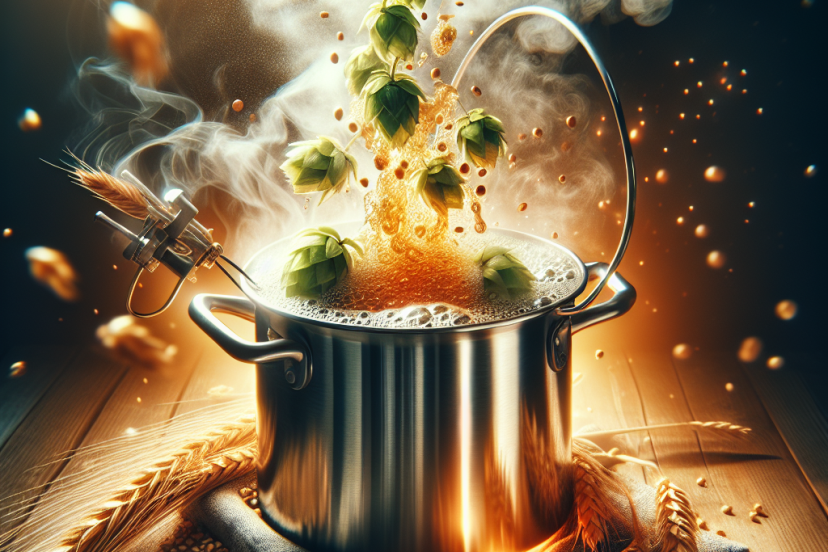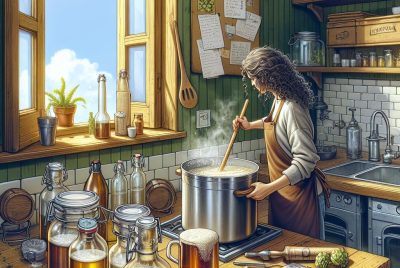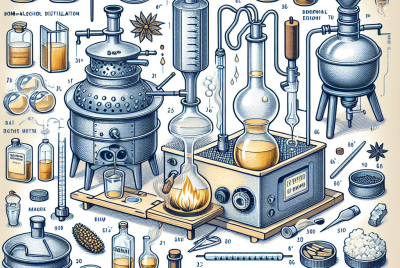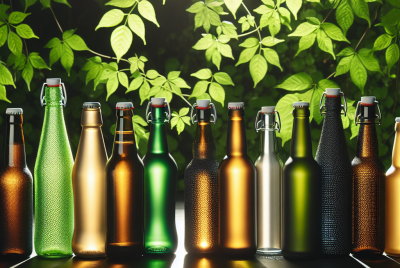The Ultimate Guide to Brewing Beer at Home without a Kit
Imagine being able to brew your own delicious beer right in the comfort of your own home, without the need for a fancy brewing kit. In this ultimate guide, you will discover the step-by-step process of brewing beer at home using simple household items and ingredients. From choosing the right hops to mastering the art of fermentation, this article will take you on an exciting journey into the world of homemade beer. So grab a pint glass and get ready to uncover the secrets of brewing beer at home like a pro. Cheers!
The Ultimate Guide to Brewing Beer at Home without a Kit
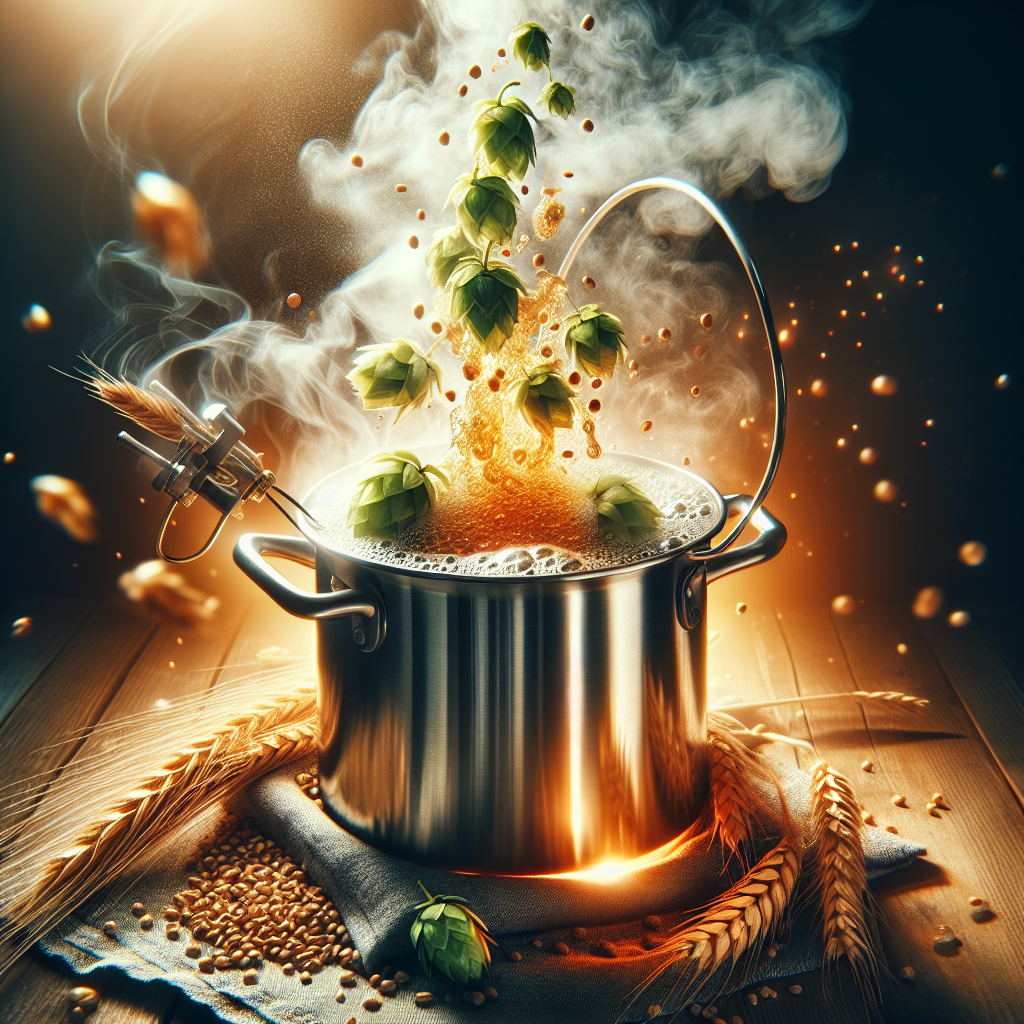
Ingredients and Equipment
Brewing beer at home can be a rewarding and enjoyable hobby. Before you embark on your brewing journey, it’s important to gather the necessary ingredients and equipment. Selecting high-quality ingredients is crucial for a successful brew. Choose fresh and finely ground grains, such as barley or wheat, as the base for your beer. Additionally, you’ll need hops for flavoring and aroma, yeast to ferment the sugars, and water. As for equipment, you’ll require a large stainless steel pot for boiling, a fermenter with an airlock, a thermometer, a hydrometer to measure the specific gravity, and a racking cane for transferring the beer. Having the right ingredients and equipment will set you up for brewing success!
Choosing the Right Recipe
When it comes to brewing beer, choosing the right recipe is key. Understanding different beer styles will help you decide which one suits your taste preferences. Whether you prefer a crisp lager, a hoppy IPA, or a malty stout, learning about the characteristics of each style will guide your recipe selection. Once you have an idea of the style you want to brew, locate recipe resources such as brewing books, online forums, or brewing software. These resources will provide you with a wide range of recipes to choose from. Don’t be afraid to adapt and customize recipes to make them unique to your preferences. This way, you can truly make the beer your own.
Mashing the Grains
The mashing process is where the magic begins. It involves soaking crushed grains in hot water to extract their sugars. Understanding the mashing process will allow you to make a delicious and well-fermented beer. Experiment with different mashing techniques like the single infusion method, where you maintain a constant temperature throughout the mash, or step mashing, which involves gradually increasing the temperature in stages. The key is to choose the right temperature for enzymatic activity to convert the starches into fermentable sugars. This step sets the stage for a flavorful and fermentable wort.
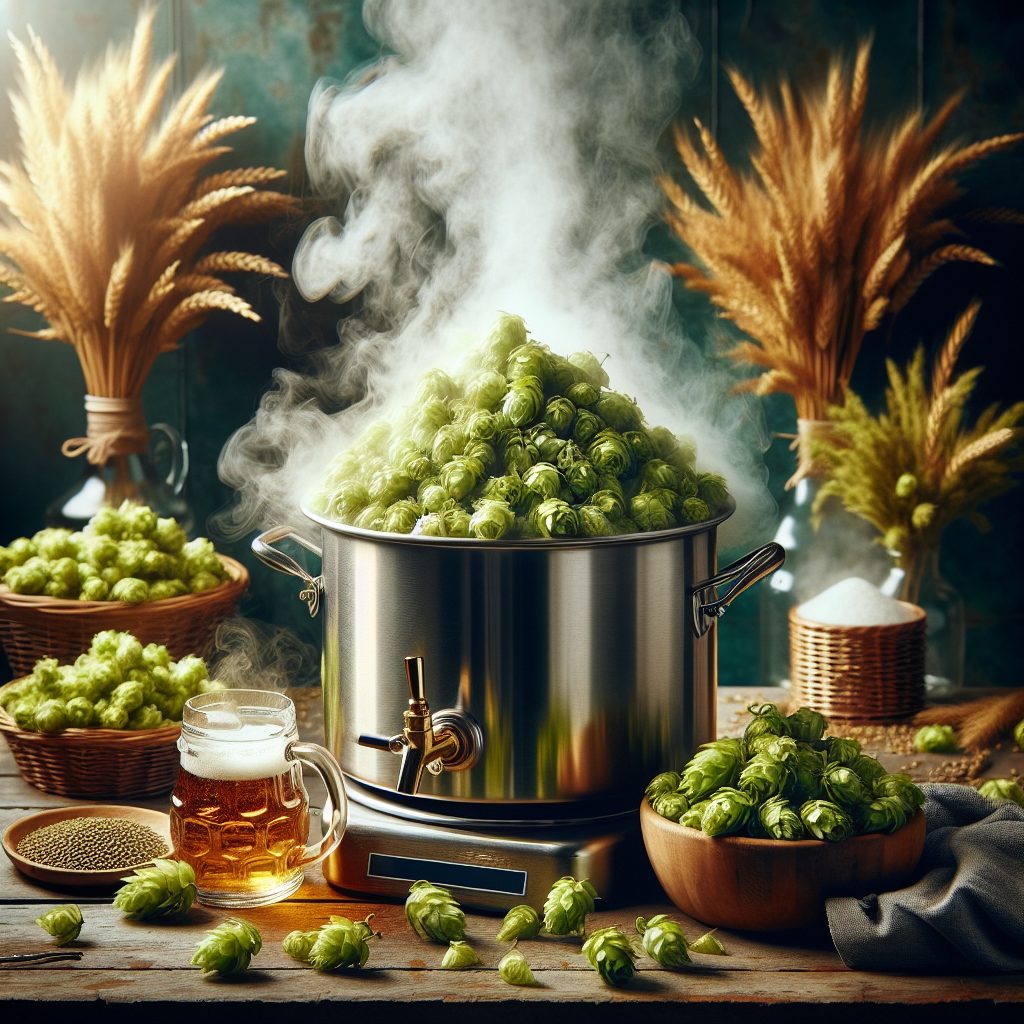
Sparging and Lautering
Once you’ve mashed the grains and extracted the sugars, it’s time to move on to sparging and lautering. Sparging is the process of rinsing the grains with hot water to extract any remaining sugars. This step maximizes your wort yield. There are different sparging methods you can utilize, such as batch sparging or fly sparging. Both techniques have their advantages, so choose the one that best fits your brewing setup. Lautering, on the other hand, refers to the separation of the wort from the spent grains. It’s crucial to practice proper lautering techniques to prevent any unwanted grain particles from entering your fermenter.
Boiling and Hops
The next step in the brewing process is boiling the wort. Boiling serves multiple purposes, such as sterilizing the wort and concentrating the sugars. During this stage, you also have the opportunity to add hops for bitterness, flavor, and aroma. Hops bring balance to the sweetness of the malt and contribute to the overall complexity of the beer. Experiment with different hop varieties and add them at different times during the boil to achieve different flavor profiles. Calculating the hop bitterness, known as International Bitterness Units (IBUs), will help you achieve the desired level of bitterness in your beer.
Fermentation
Fermentation is where the yeast converts the sugars in the wort into alcohol and carbon dioxide, transforming it into beer. The primary fermentation is the initial stage where most of the fermentation takes place. During this time, the yeast actively consumes the sugars, producing alcohol and releasing flavorful by-products. After the primary fermentation is complete, some brewers opt for a secondary fermentation. This step allows the beer to clarify further and allows any residual flavors to mellow out. It’s crucial to monitor fermentation by checking the specific gravity using a hydrometer. This will help you determine when fermentation is complete and when it’s safe to proceed to the next stage.
Bottling and Carbonation
After fermentation, it’s time to bottle your beer. Before bottling, ensure you have prepared the bottles by cleaning and sanitizing them thoroughly. Priming your beer is essential for carbonation. Priming involves adding a small amount of sugar to the beer before bottling. The residual yeast in the beer will consume this sugar, producing carbon dioxide and creating the desired level of carbonation. Practice proper bottling techniques, such as using a siphon to transfer the beer into the bottles and capping them securely. Remember to be patient during the carbonation process, as it may take a couple of weeks for your beer to carbonate properly.
Aging and Conditioning
Aging your beer is an important step in the brewing process. It allows the flavors to mature and harmonize, resulting in a more well-rounded and balanced beer. Determining the aging time depends on the style of beer you’re brewing. Lighter beers may only require a few weeks of aging, while stronger and more complex beers may benefit from several months of aging. Proper storage conditions are crucial during the aging period. Keep your beer in a cool, dark place to prevent any off-flavors from developing. It’s important to note the difference between conditioning and carbonation. While aging contributes to the overall flavor development, carbonation is the process of creating the desired level of carbon dioxide in the beer.
Troubleshooting Common Issues
Brewing beer at home can come with its fair share of challenges. However, with a little troubleshooting, you can overcome common issues. Off-flavors and aromas can be caused by a variety of factors, such as improper fermentation temperatures, contamination, or excessive oxidation. Identifying and addressing the source of the off-flavor will help you improve your future batches. Cloudy or hazy beer can be a result of incomplete hot and cold break, improper use of fining agents, or the presence of suspended particles. Understanding the causes will allow you to take corrective measures to achieve crystal-clear beer. Inconsistent carbonation can be frustrating, but ensuring that you have primed your beer correctly and allowed it enough time to carbonate will help you achieve consistent results.
Experimenting with Flavors
Once you have mastered the art of brewing beer, it’s time to get creative and experiment with flavors. Adding fruits or spices to your beer can add a unique twist and enhance the complexity of the flavors. Whether it’s citrusy orange peel in a wheat beer or spicy cloves in a Belgian ale, the possibilities are endless. Another way to experiment is by infusing your beer with different hop varieties. Each hop brings its own distinct flavors and aromas, so don’t be afraid to try different combinations. Additionally, using specialty yeasts can introduce unique characteristics and flavors to your beer. Let your imagination run wild and create a beer that is truly one-of-a-kind.
Brewing beer at home without a kit allows you to delve into the world of creativity and craftsmanship. With the right ingredients, equipment, and knowledge, you can brew a beer that rivals commercial brews. Remember to have fun, embrace the learning process, and share your delicious creations with family and friends. Cheers to your homebrewing adventure!

